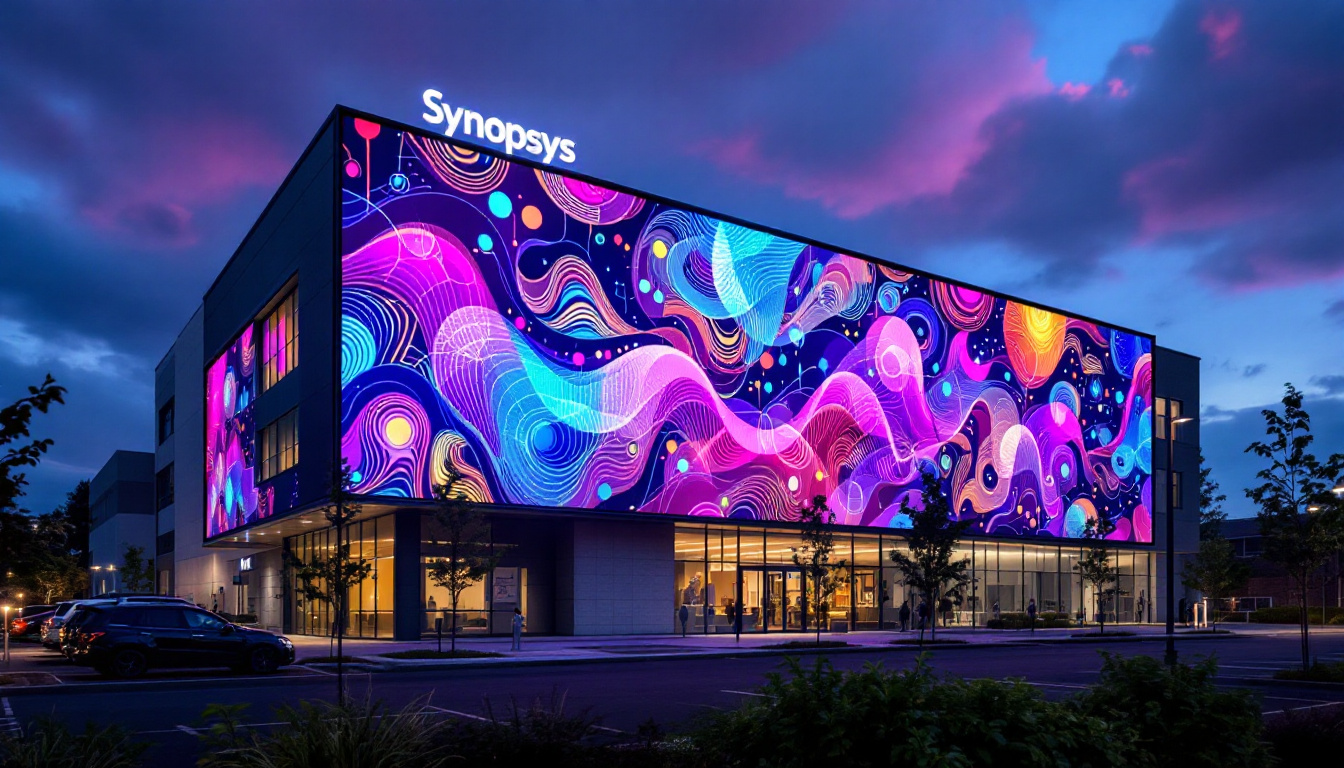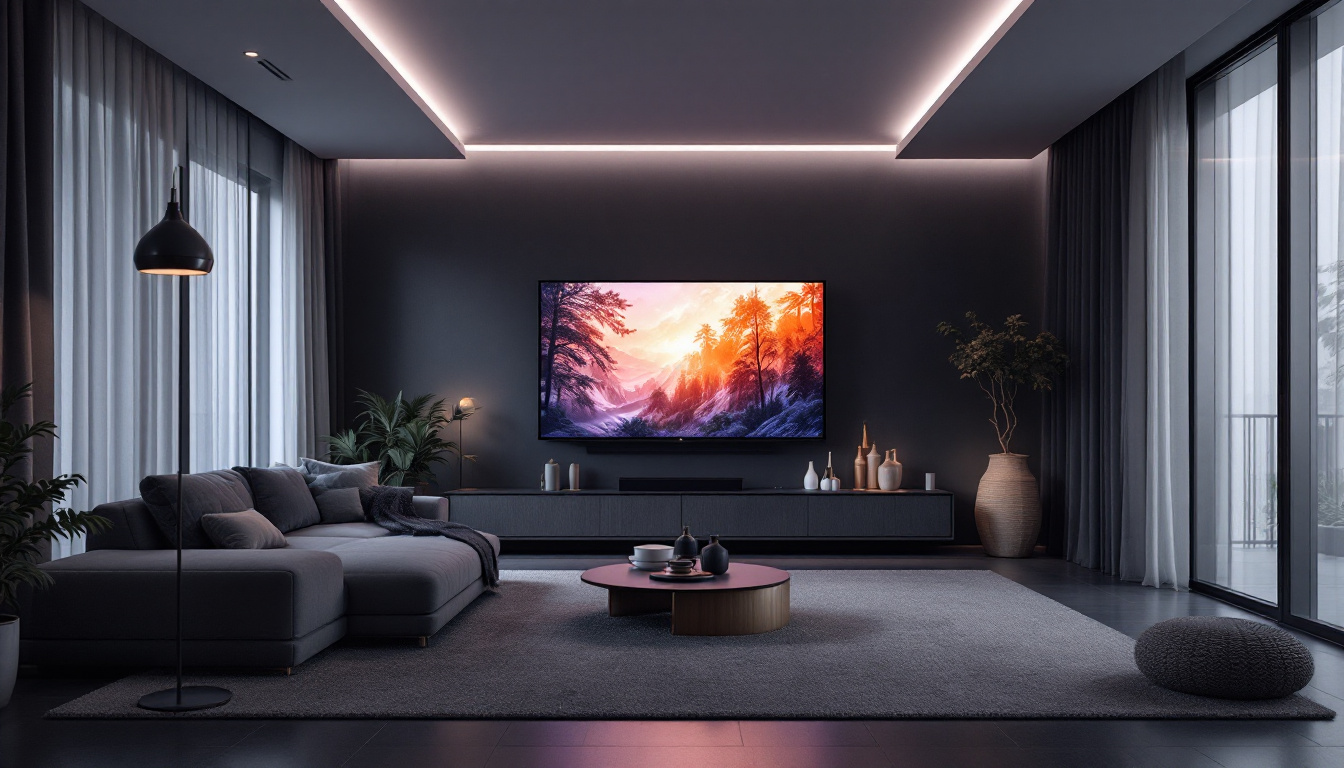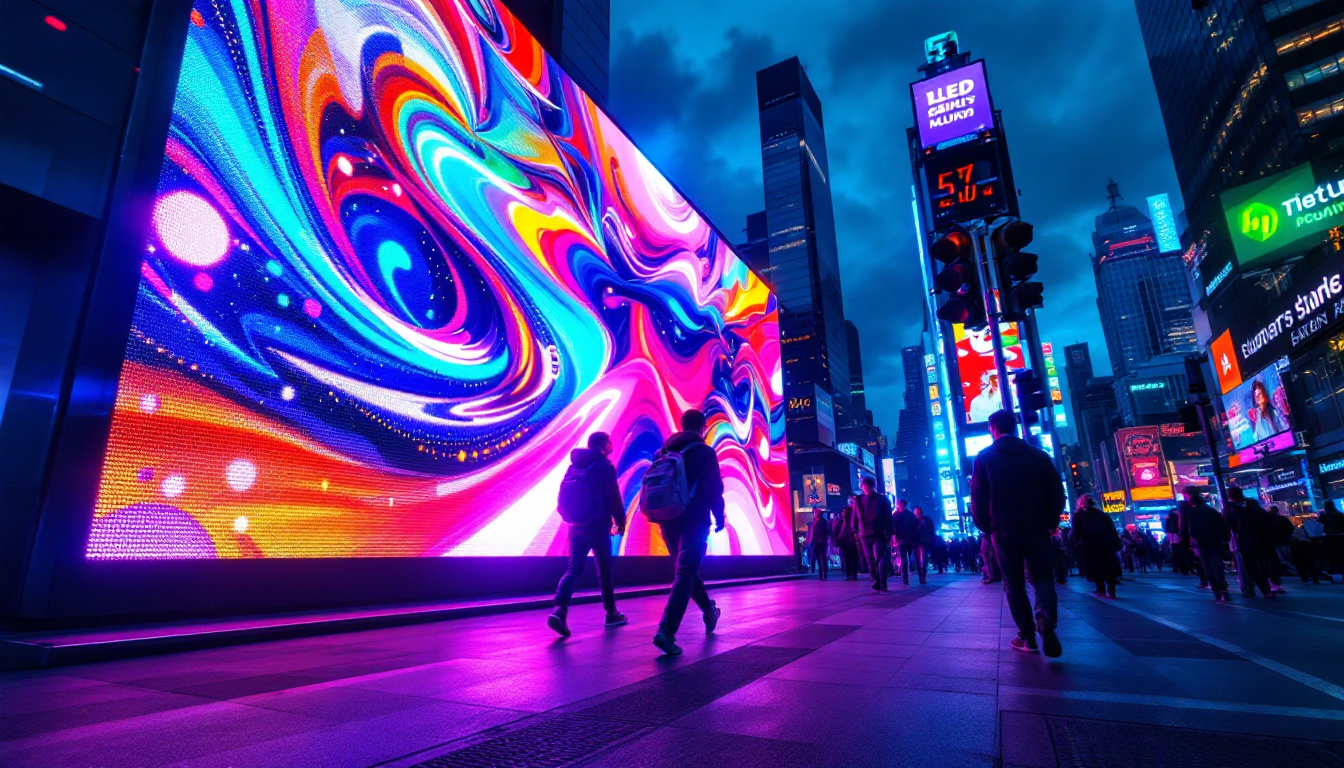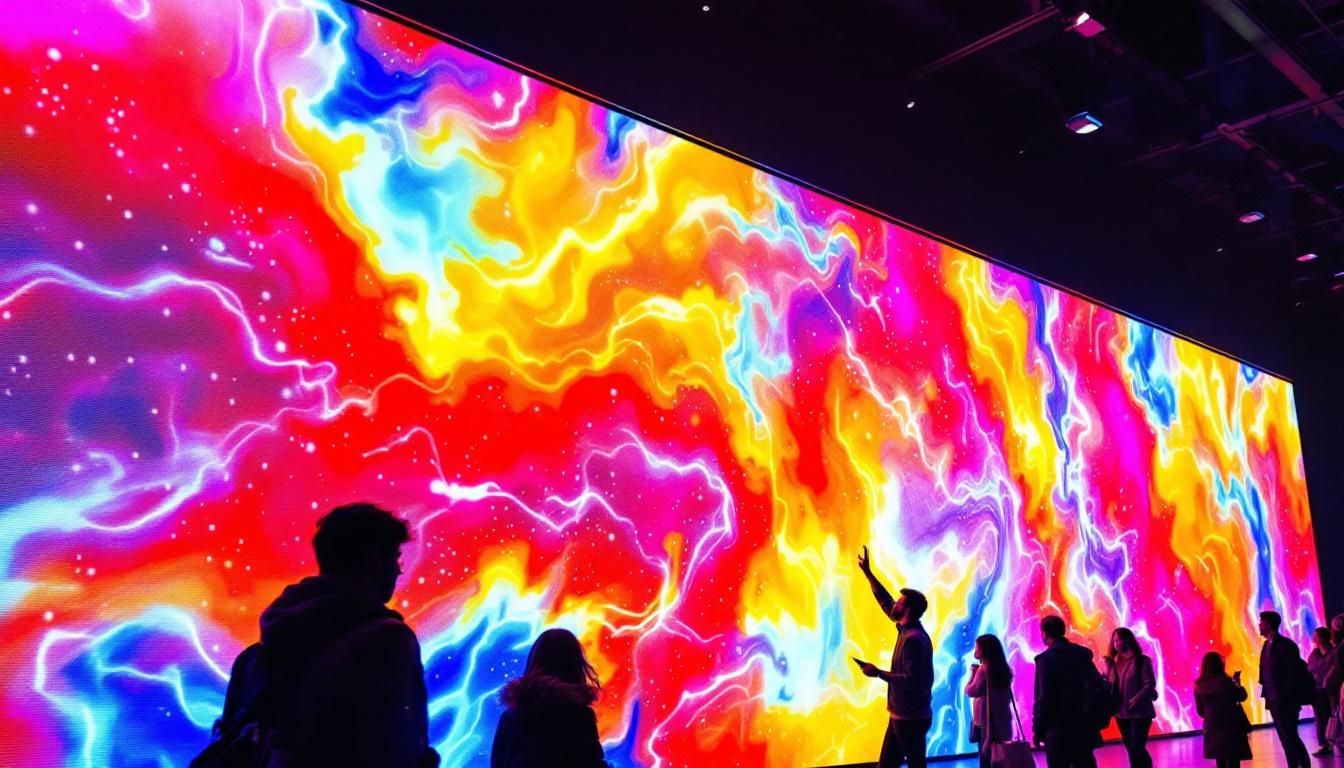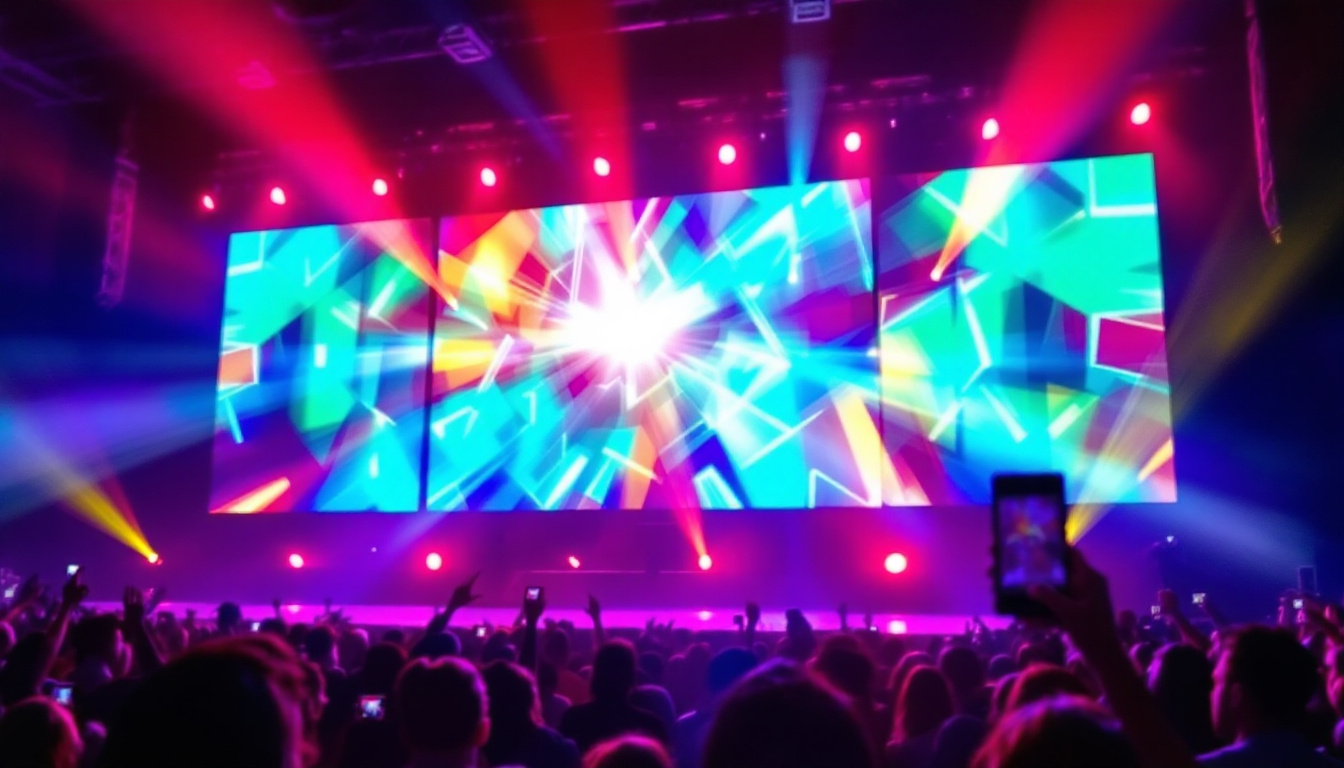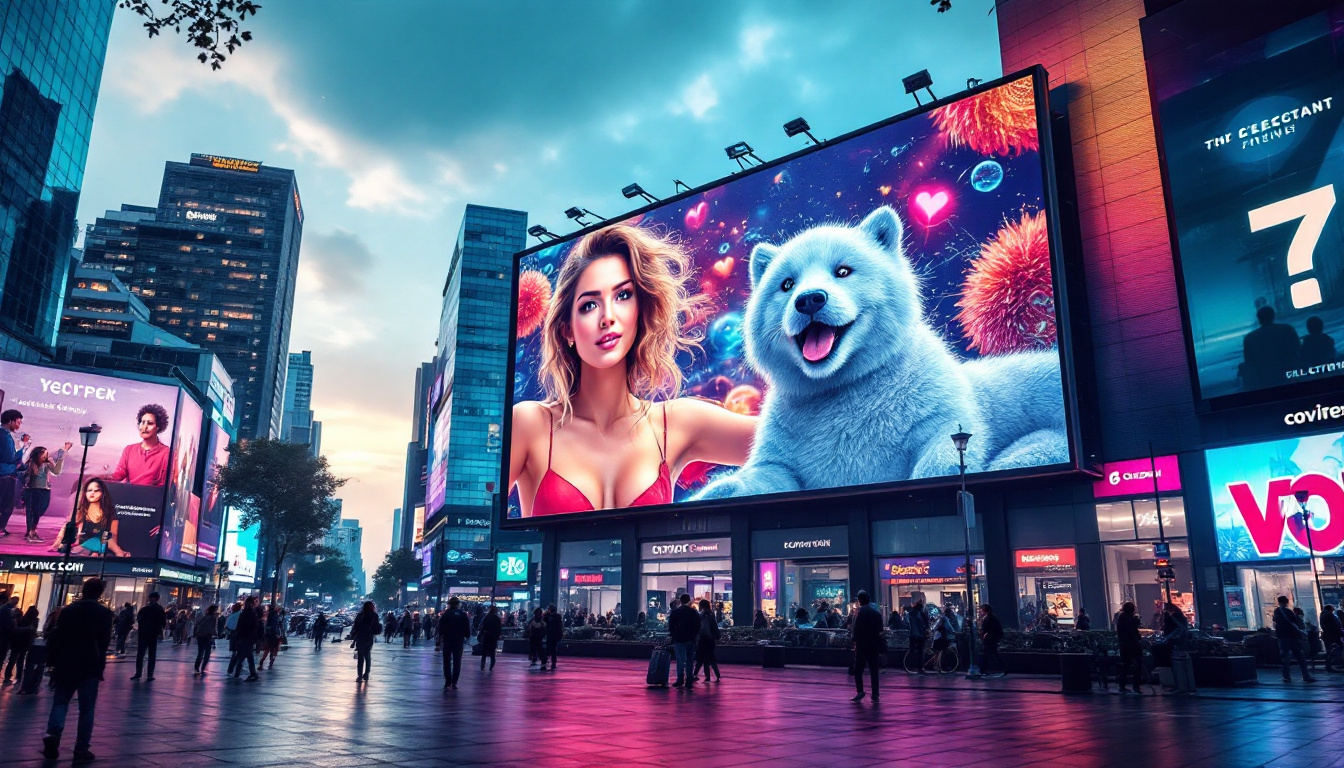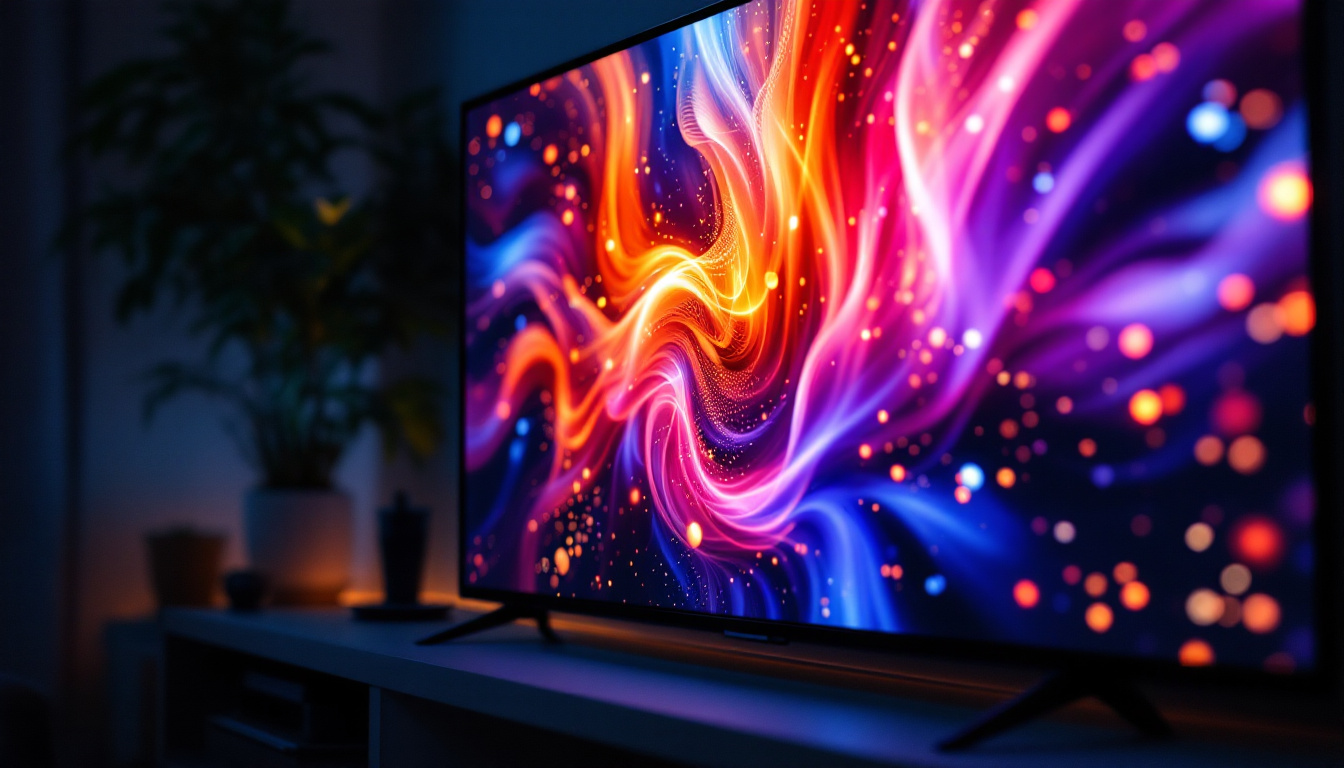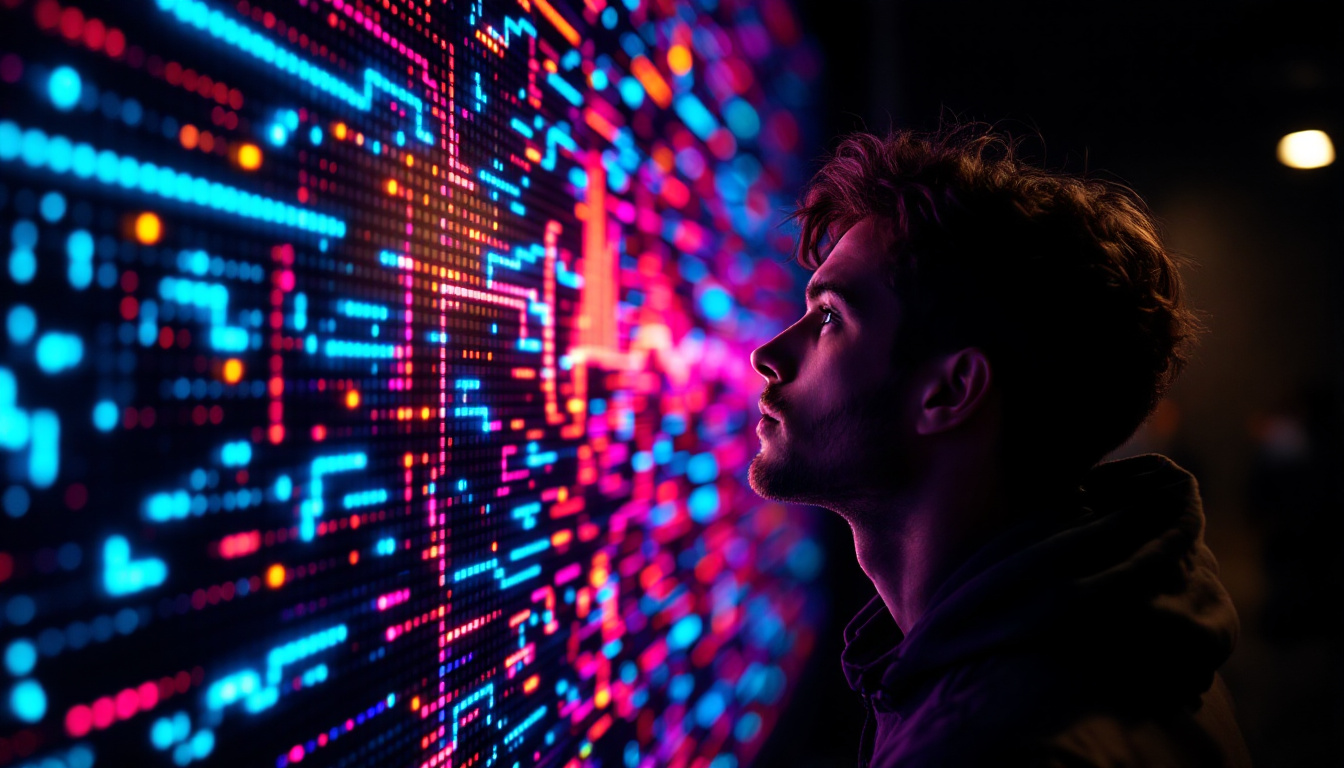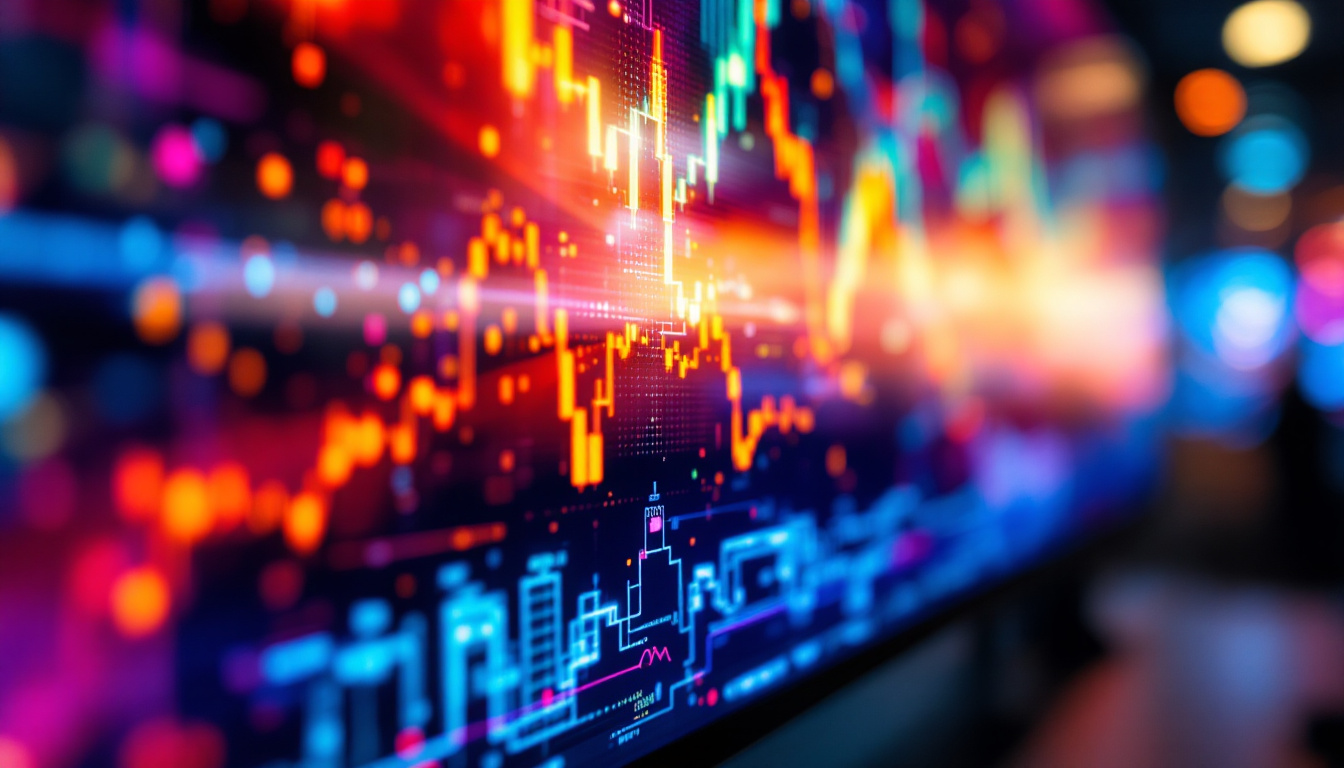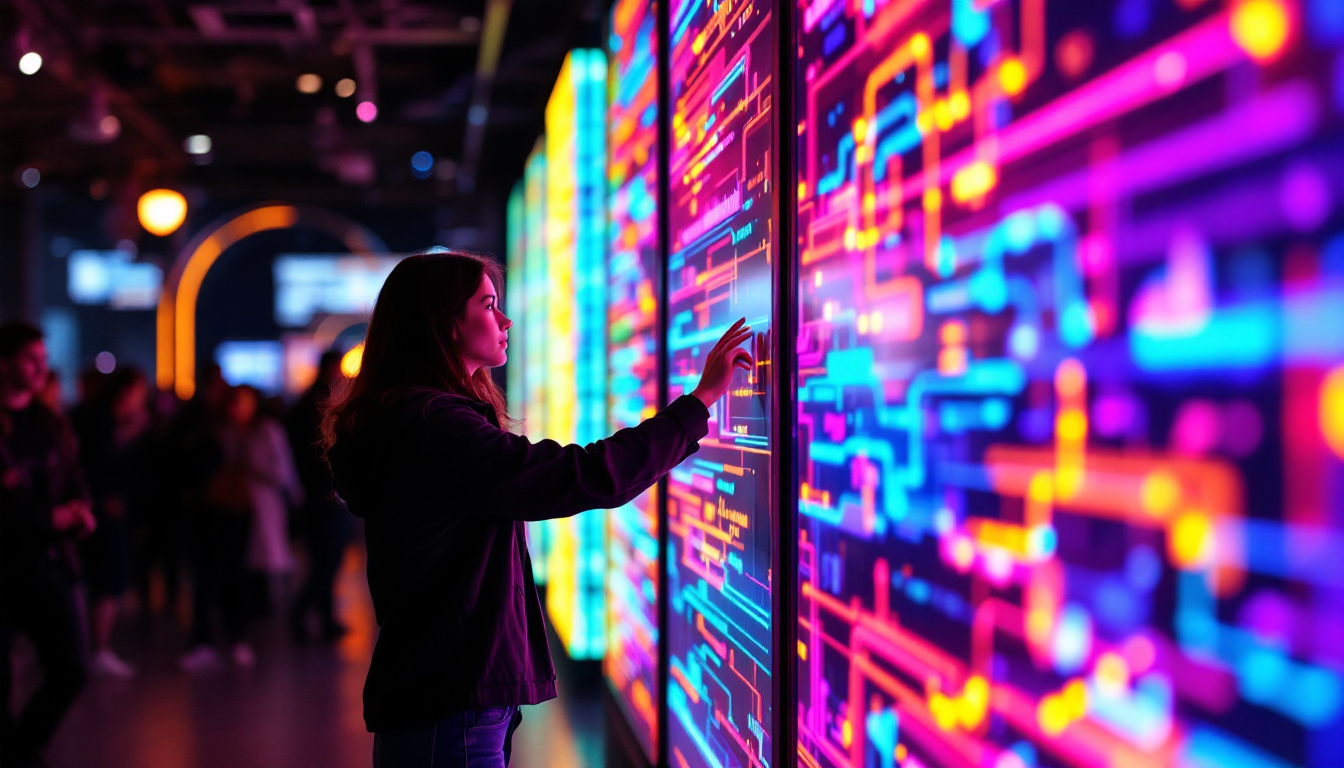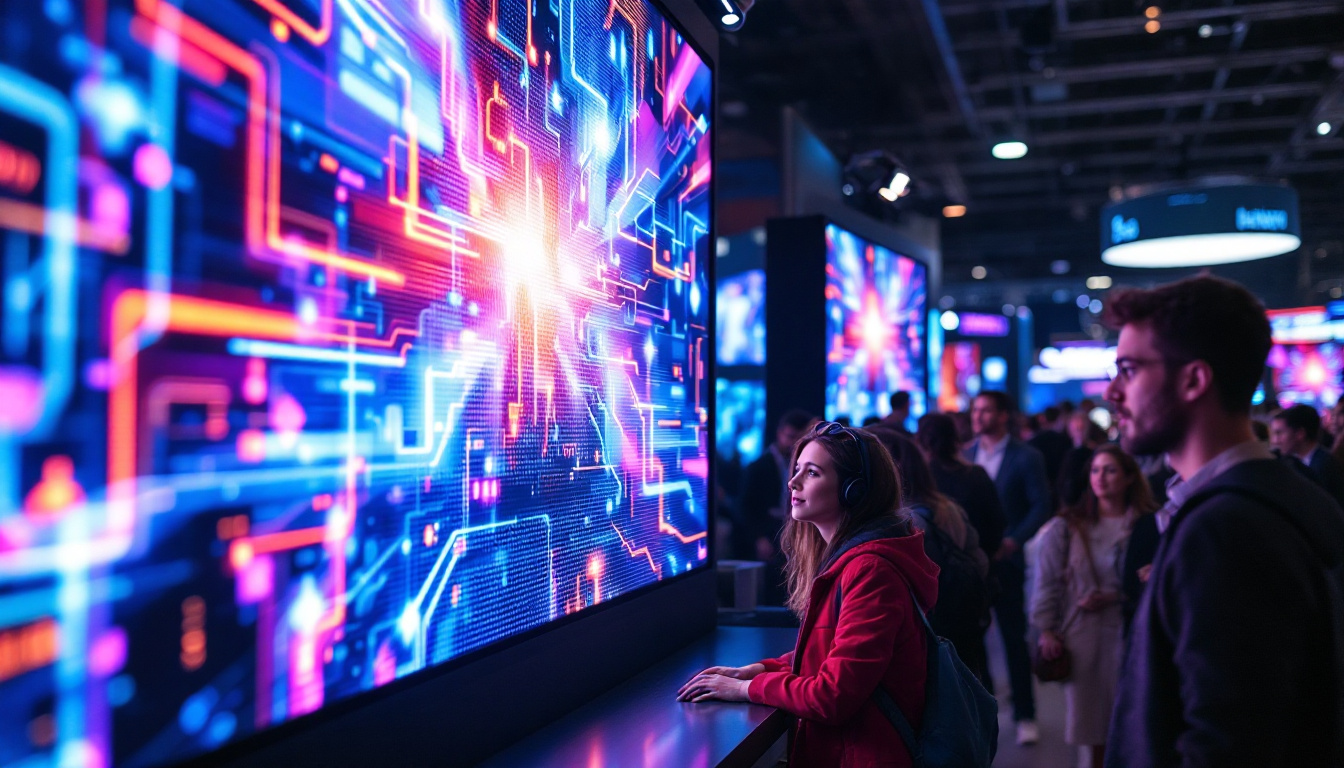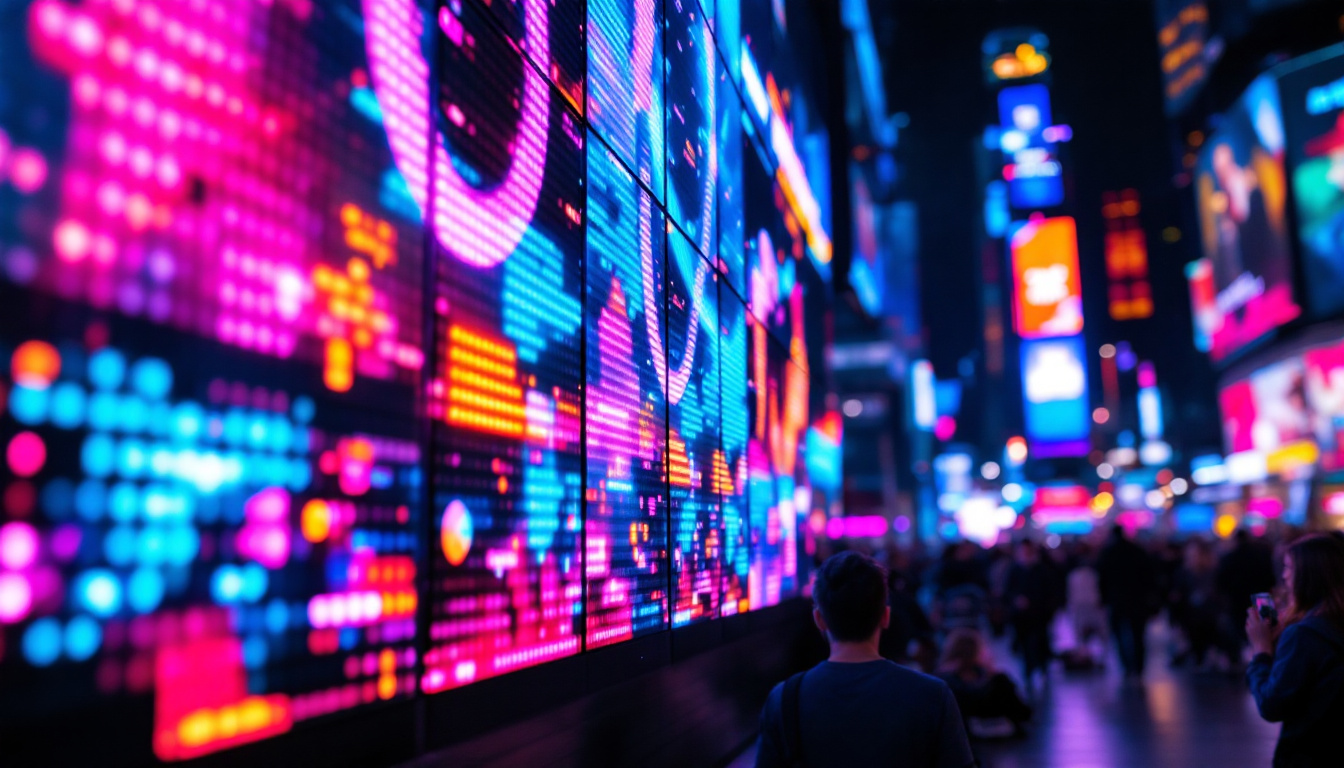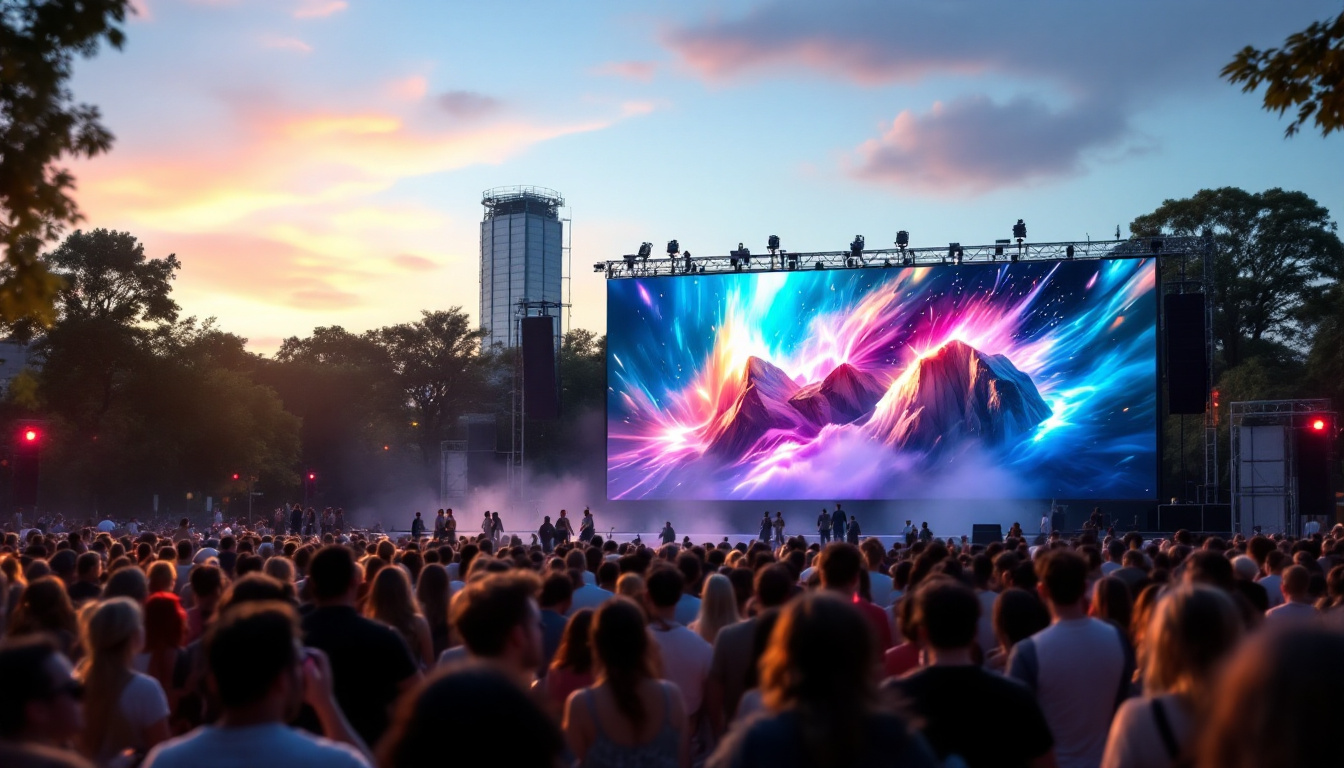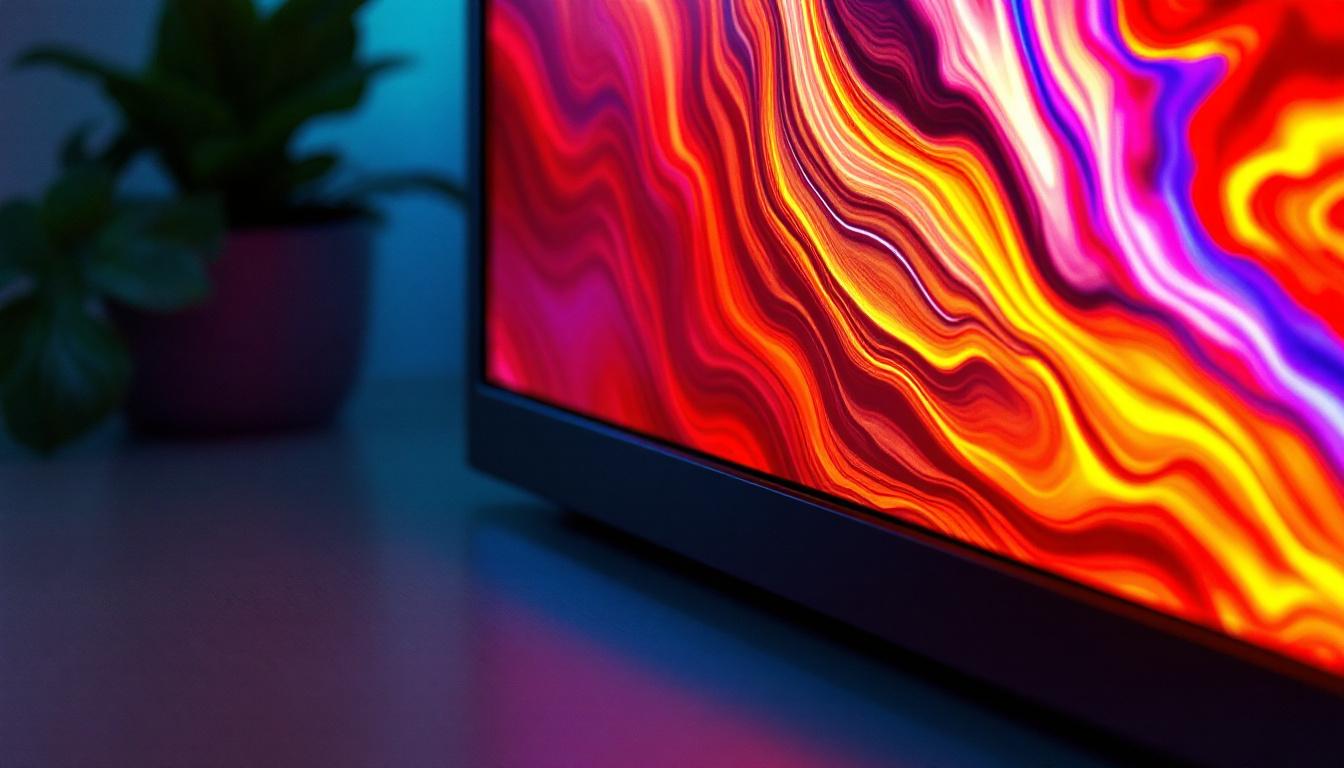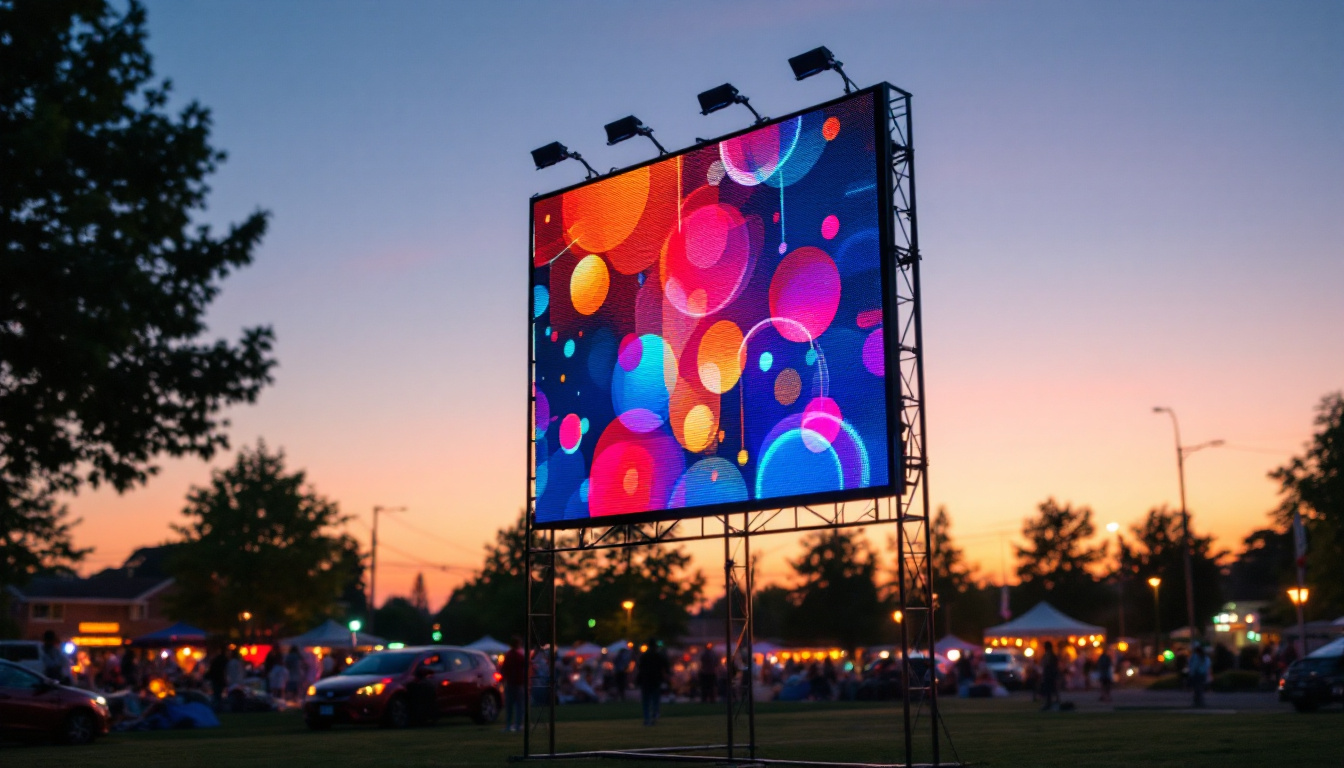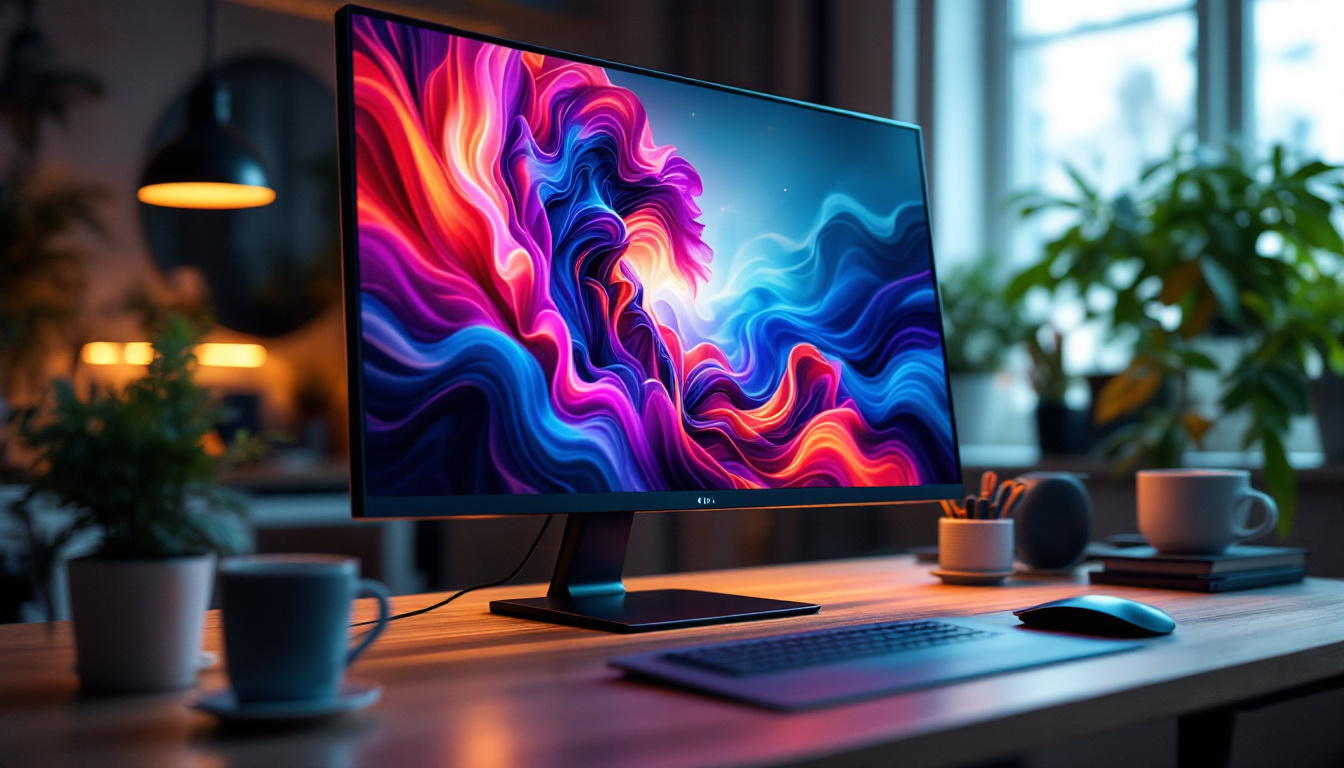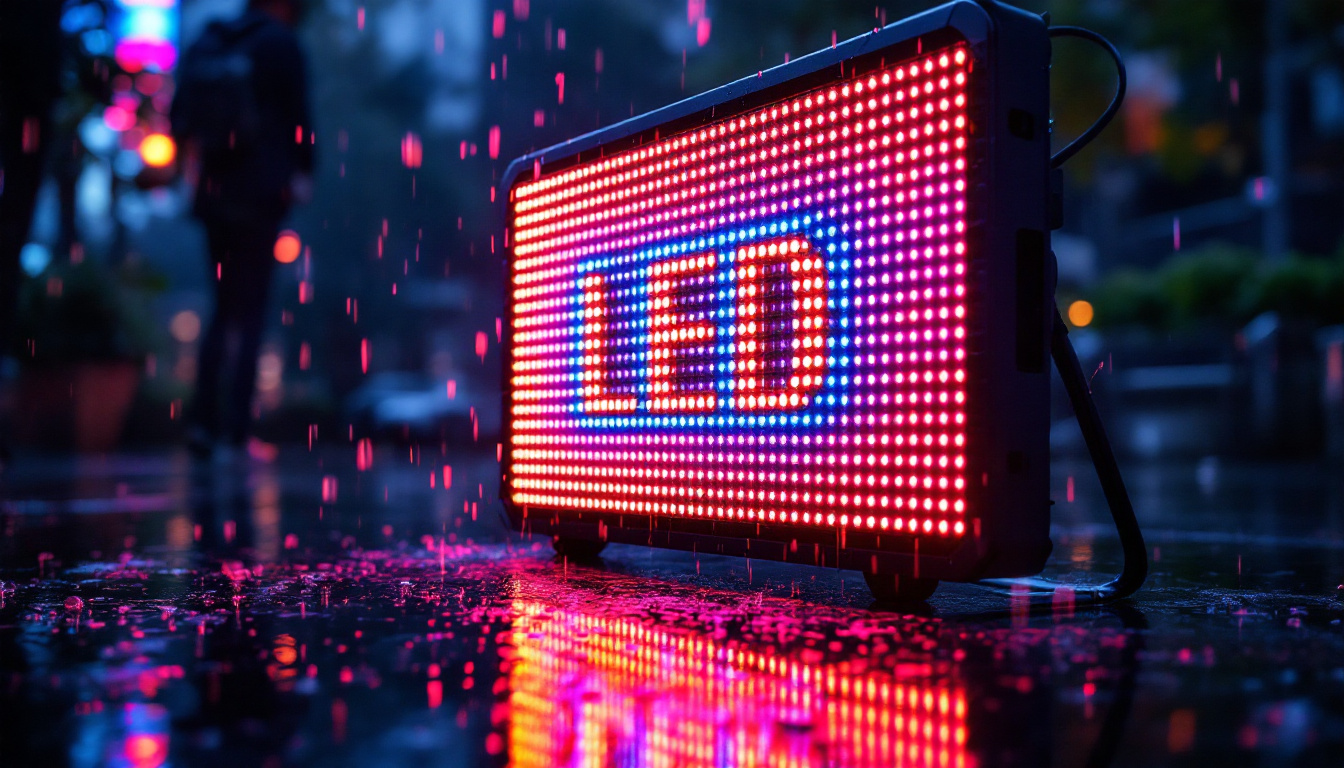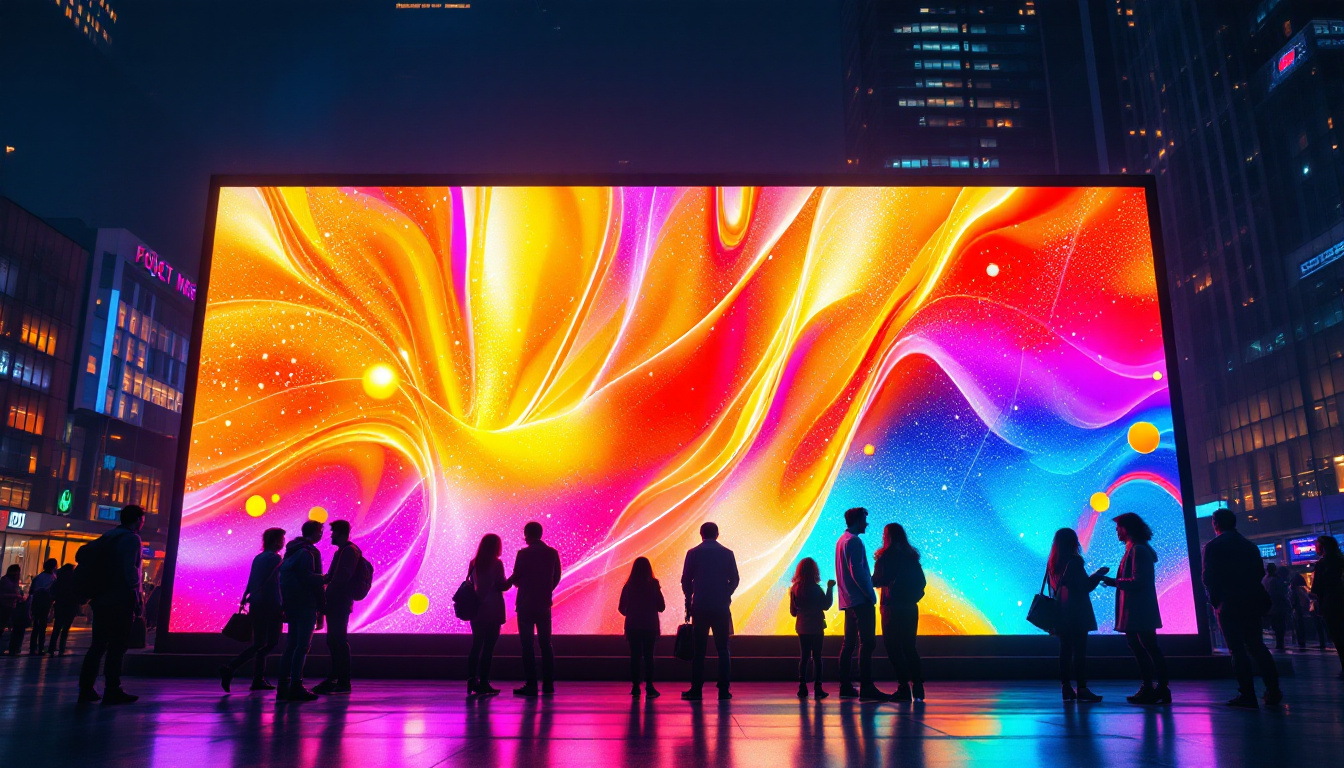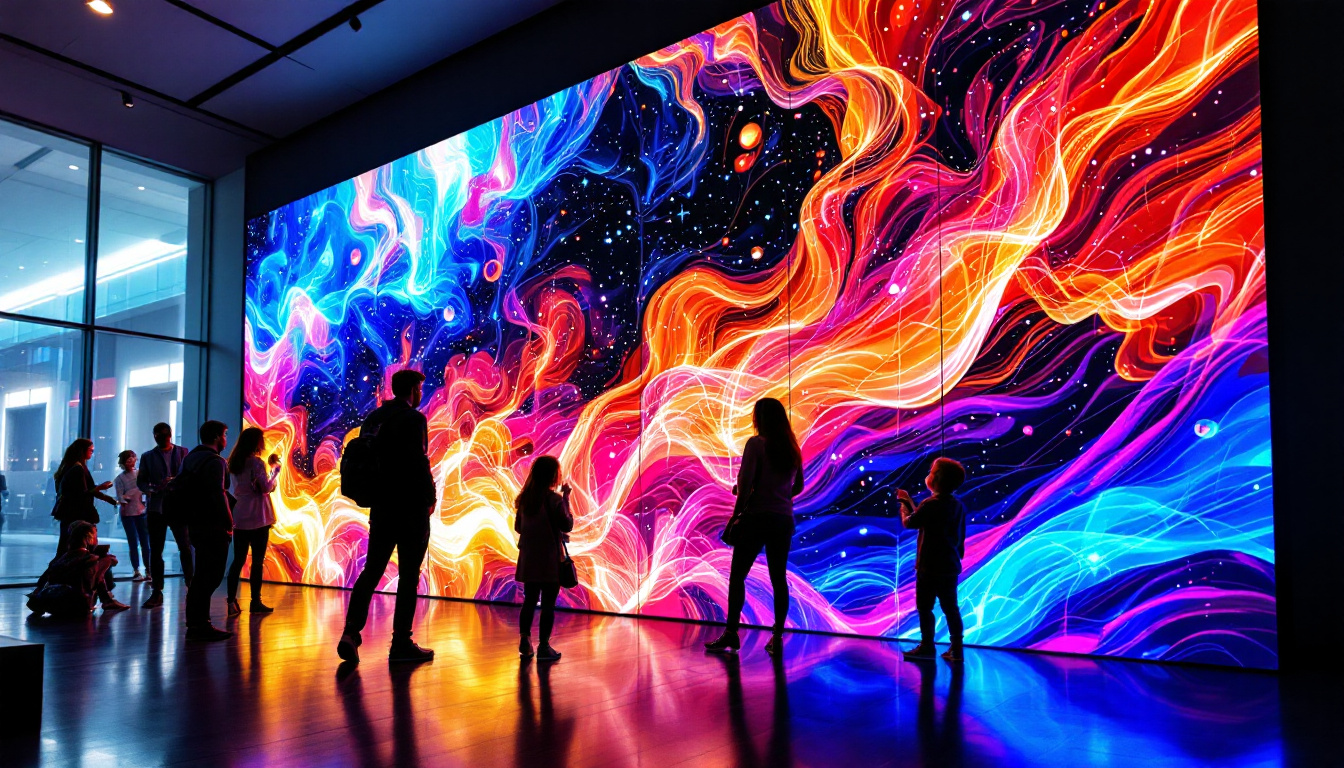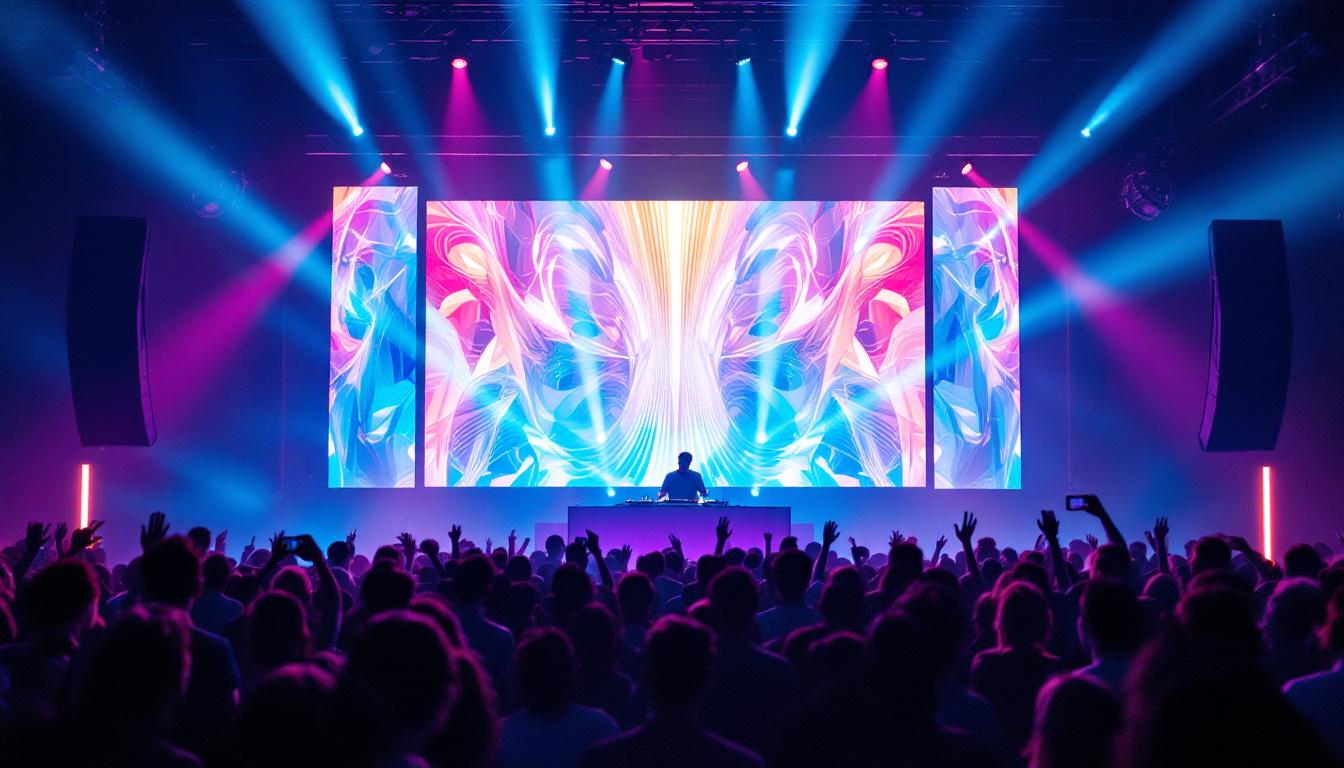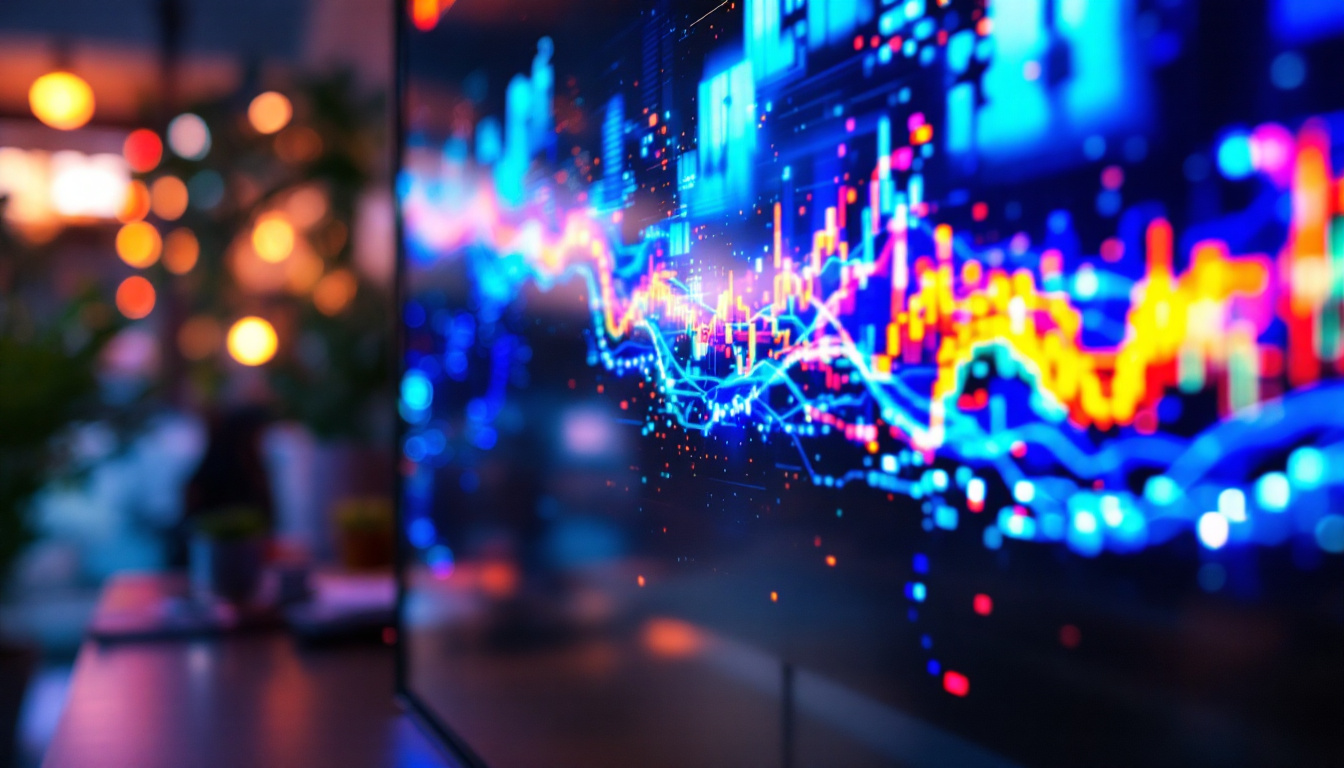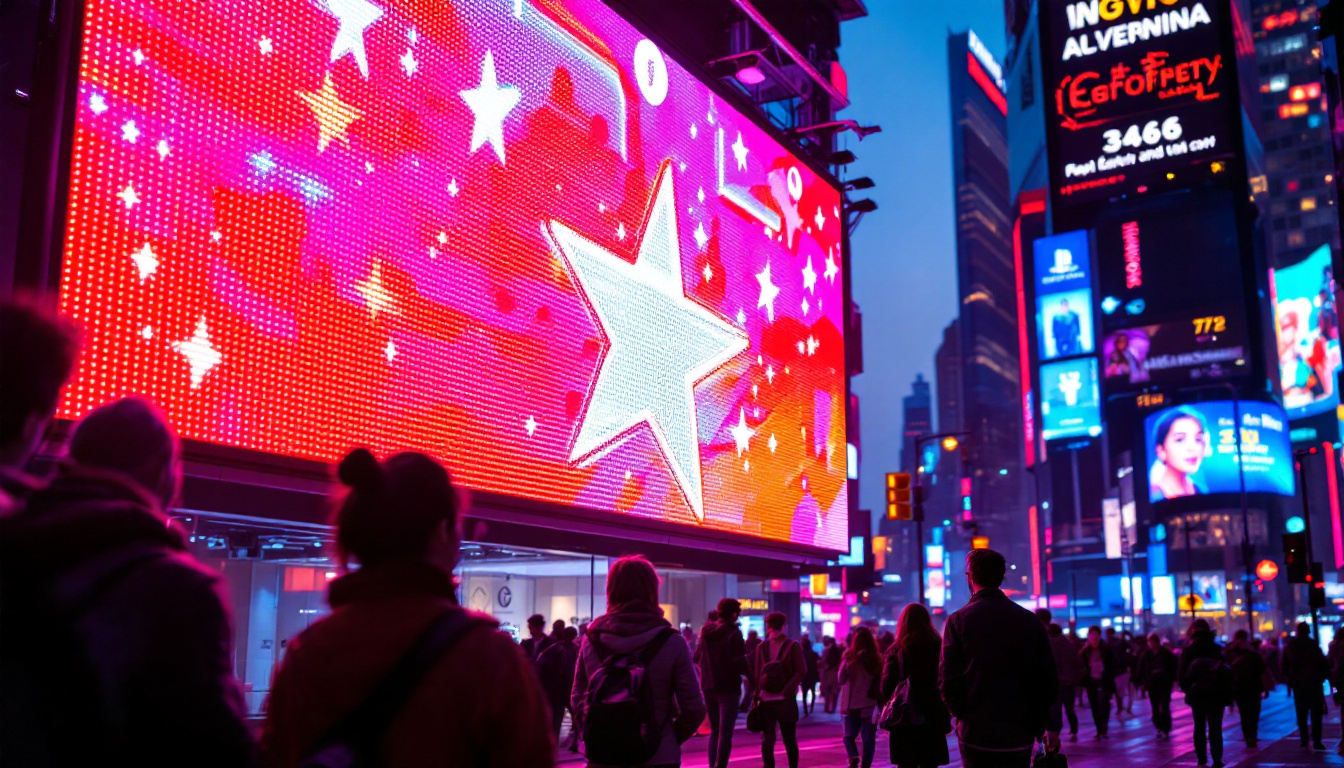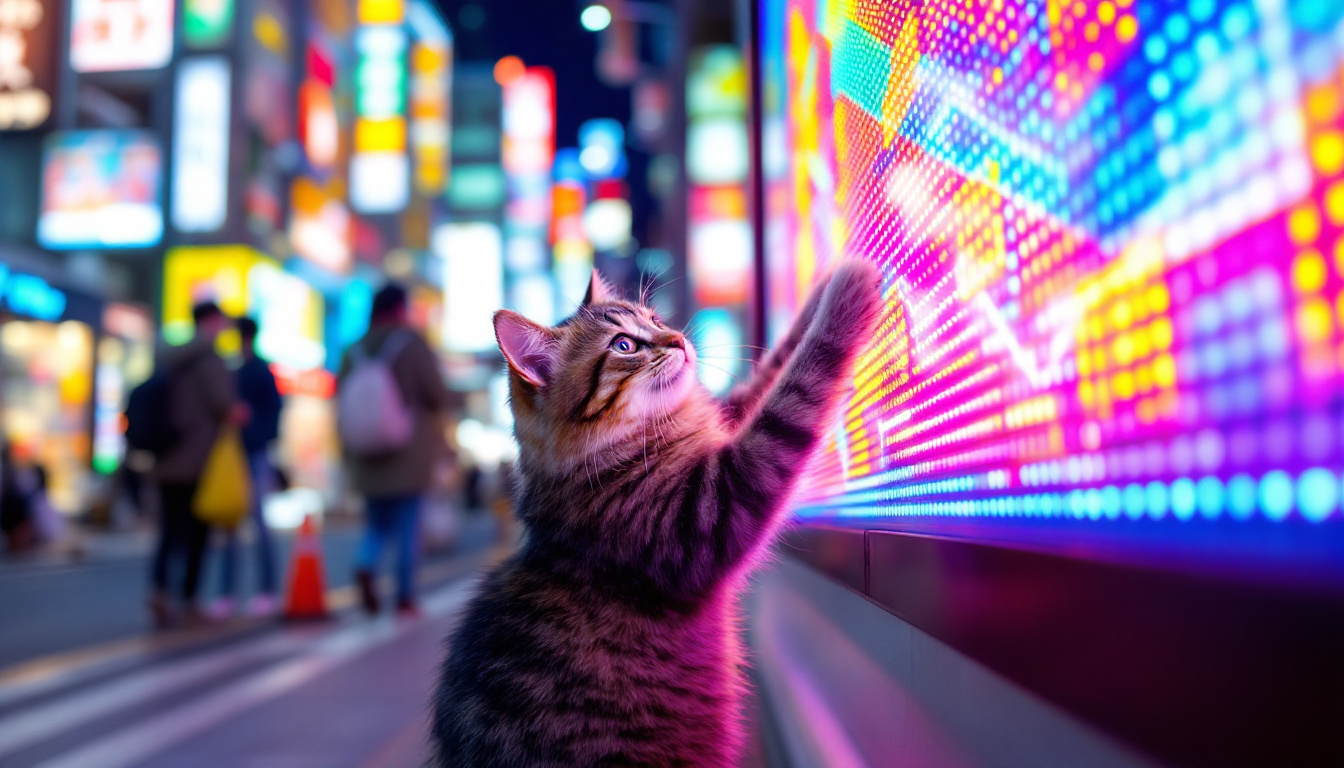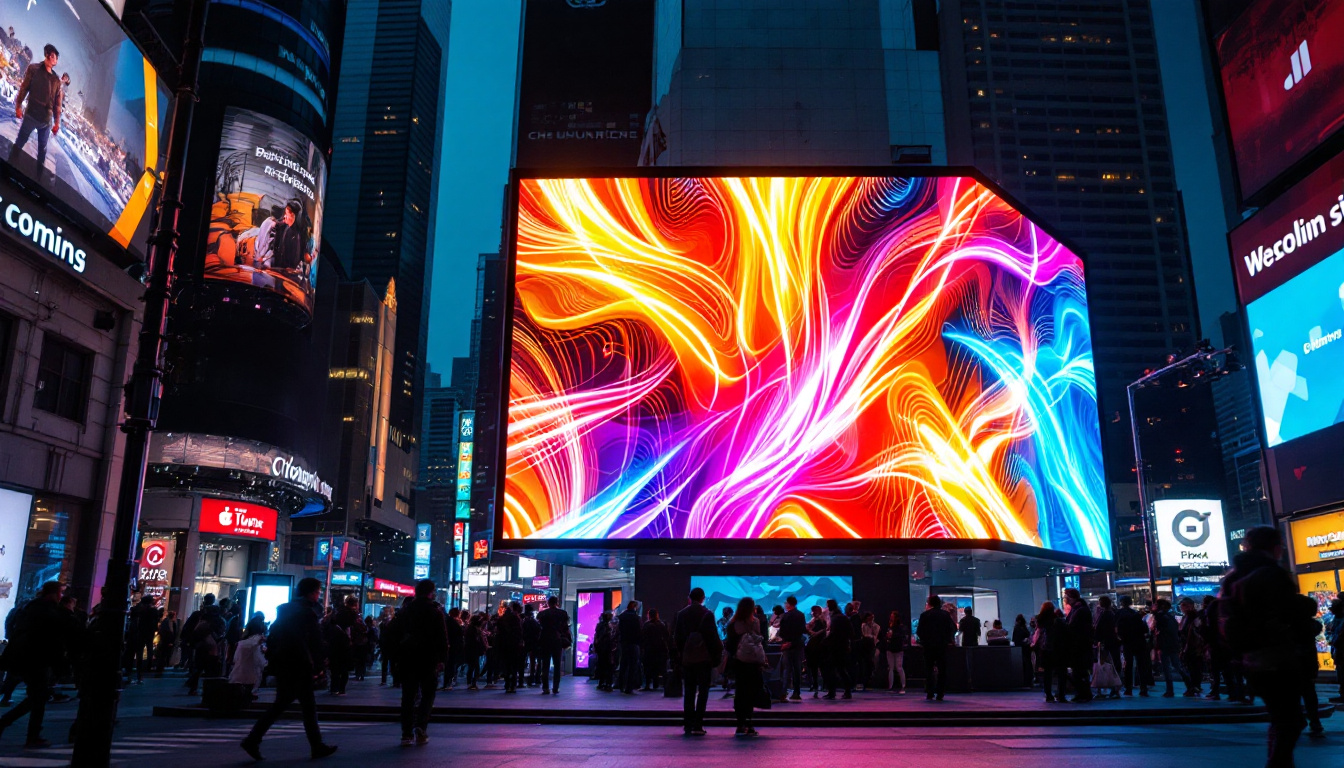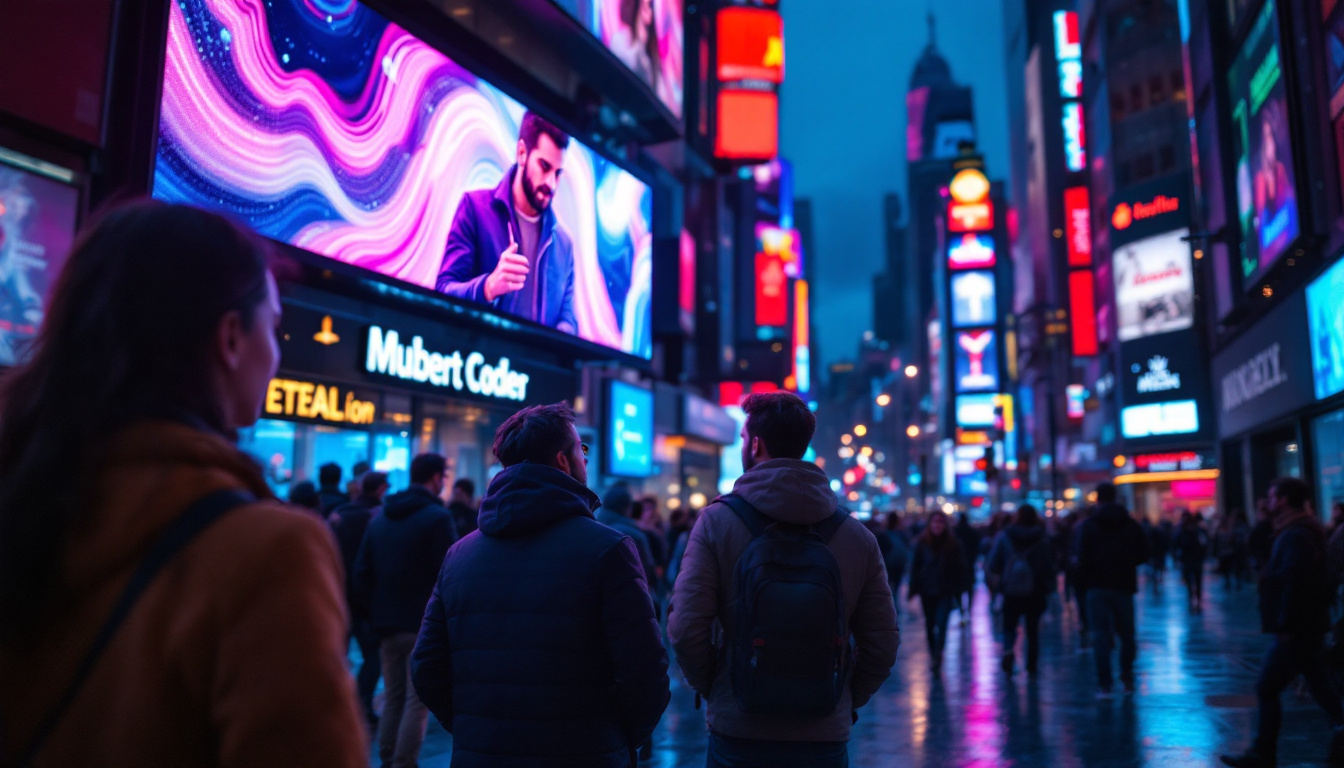In the heart of Oregon’s tech landscape, Synopsys Hillsboro stands out as a beacon of innovation and technology. Among the various advancements in display technology, LED displays have emerged as a significant focus. This article delves into the intricacies of LED displays, their applications, and how they are revolutionizing the way information is presented in various sectors.
Understanding LED Technology
LED, or Light Emitting Diode, technology has transformed the way visual content is displayed. Unlike traditional display technologies such as LCD or CRT, LEDs use semiconductor materials to emit light when an electric current passes through them. This fundamental difference offers several advantages, making LED displays a preferred choice in many applications.
How LED Displays Work
At the core of LED displays is the diode itself, which emits light when energized. These diodes can be arranged in various configurations to create different types of displays. For instance, in a full-color LED display, red, green, and blue LEDs are combined in various intensities to produce a wide spectrum of colors. This RGB (Red, Green, Blue) model allows for vibrant, dynamic visuals that are easily customizable.
Moreover, LED displays can be either direct view or backlit. Direct view LED displays consist of numerous small LEDs that form the image directly, while backlit displays use LEDs to illuminate a liquid crystal display panel from behind. Each type has its unique advantages, such as brightness, contrast, and energy efficiency. The direct view displays are particularly popular in outdoor advertising, where the ability to capture attention with bright, eye-catching visuals is paramount.
Advantages of LED Displays
One of the most significant advantages of LED displays is their energy efficiency. They consume less power compared to traditional display technologies, making them a more sustainable choice. Additionally, LED displays offer superior brightness and contrast ratios, which enhance visibility even in bright environments.
Durability is another critical factor. LED displays are robust and can withstand various environmental conditions, making them suitable for both indoor and outdoor applications. Their longevity also means lower maintenance costs, which is a crucial consideration for businesses investing in display technology. Furthermore, the ability to operate effectively in extreme temperatures and weather conditions makes LED displays ideal for a range of industries, from retail to transportation. In fact, many airports and train stations have adopted LED technology for their information displays, ensuring that travelers receive clear and timely updates regardless of the surrounding light conditions.
Another noteworthy aspect of LED technology is its versatility in design. With advancements in flexible LED technology, displays can now be curved or shaped to fit unique spaces, allowing for creative installations that were previously unimaginable. This innovation opens up new possibilities for artistic expression in public spaces, exhibitions, and even architectural designs, where lighting can be integrated seamlessly into the environment. As a result, LED technology is not just a tool for communication but also a medium for creativity and innovation in visual arts.
Applications of LED Displays
The versatility of LED displays allows them to be utilized in a wide range of applications across different industries. From advertising to information dissemination, the impact of LED technology is profound and far-reaching.
Advertising and Marketing
In the advertising sector, LED displays have become a staple for businesses looking to capture consumer attention. Digital billboards and signage allow for dynamic content that can be updated in real-time. This flexibility enables advertisers to tailor their messages based on time, audience, and even weather conditions, maximizing engagement.
Moreover, the high resolution and vibrant colors of LED displays make them visually appealing, enhancing brand visibility. Businesses can showcase promotions, events, or even interactive content, creating a more immersive experience for potential customers. This capability to display high-definition visuals not only attracts attention but also encourages longer viewing times, which is crucial in a competitive advertising landscape. Furthermore, the ability to integrate social media feeds and live content into LED displays allows brands to foster a sense of community and immediacy, drawing in consumers who are eager to engage with real-time updates and promotions.
Public Information Systems
LED displays are also widely used in public information systems. Airports, train stations, and bus terminals employ LED screens to provide real-time updates on schedules, delays, and other critical information. The clarity and visibility of these displays ensure that travelers receive timely and accurate information, enhancing their overall experience.
In addition to transportation hubs, LED displays are increasingly being used in educational institutions. Schools and universities utilize them for announcements, event promotions, and even as teaching aids, making information dissemination more engaging for students. These displays can be programmed to showcase educational content, such as important dates, exam schedules, and even student achievements, fostering a sense of pride and community within the institution. Moreover, the interactive capabilities of modern LED technology allow for the integration of quizzes and polls during lectures, encouraging student participation and making learning more dynamic and enjoyable. This shift towards utilizing LED displays in educational settings not only modernizes the teaching approach but also prepares students for a tech-savvy future.
The Role of Synopsys in LED Technology
As a leader in electronic design automation, Synopsys plays a pivotal role in the development and advancement of LED technology. The company’s expertise in semiconductor design and verification contributes significantly to the efficiency and effectiveness of LED displays.
Innovations in Design and Manufacturing
Synopsys provides cutting-edge tools that streamline the design process for LED displays. These tools enable engineers to simulate and optimize the performance of LED circuits, ensuring that the final product meets the highest standards of quality and efficiency. By leveraging advanced algorithms and modeling techniques, Synopsys helps manufacturers reduce time-to-market while improving product reliability.
Furthermore, Synopsys is at the forefront of developing new materials and technologies that enhance LED performance. Innovations in chip design, heat management, and energy efficiency are just a few areas where Synopsys is making a significant impact, driving the industry toward more sustainable and effective solutions. The integration of artificial intelligence into design processes is also a game changer, allowing for predictive analytics that can foresee potential issues before they arise, thus saving time and resources during production.
Collaboration with Industry Leaders
Collaboration is key in the fast-paced world of technology, and Synopsys actively partners with leading companies in the LED display sector. By working together, these organizations can share knowledge, resources, and expertise, ultimately leading to more innovative products and solutions.
Such collaborations often result in groundbreaking advancements that push the boundaries of what LED displays can achieve. From improved resolution and color accuracy to enhanced durability and energy efficiency, the combined efforts of Synopsys and its partners are shaping the future of display technology. Additionally, these partnerships extend to academic institutions and research organizations, fostering a culture of innovation that encourages the exploration of new ideas and methodologies. This synergy not only accelerates the pace of technological advancement but also ensures that the latest developments are grounded in rigorous scientific research, paving the way for the next generation of LED solutions that are both high-performing and environmentally friendly.
Future Trends in LED Display Technology
The landscape of LED display technology is continually evolving, with several trends emerging that promise to shape its future. As industries adapt to changing consumer preferences and technological advancements, the following trends are expected to gain momentum.
Integration with Smart Technologies
As the world becomes increasingly interconnected, the integration of LED displays with smart technologies is on the rise. Smart displays can connect to the internet, allowing for real-time data updates and remote management. This capability is particularly beneficial for businesses that require flexibility and adaptability in their advertising strategies.
Moreover, the incorporation of artificial intelligence (AI) into LED displays can enhance user experience. AI can analyze viewer behavior and preferences, enabling displays to tailor content dynamically, thereby increasing engagement and effectiveness. This level of customization not only improves the viewer’s experience but also optimizes advertising spend by ensuring that the right messages reach the right audiences at the right times. As a result, businesses can expect higher conversion rates and improved return on investment.
In addition to AI, the integration of IoT (Internet of Things) capabilities into LED displays is set to revolutionize how content is delivered and managed. For instance, sensors can be embedded in displays to gather data on foot traffic and viewer demographics, allowing businesses to adjust their messaging in real-time based on audience engagement metrics. This data-driven approach can lead to more effective marketing strategies and enhanced customer interactions.
Advancements in Resolution and Size
With the demand for higher resolution displays continuing to grow, manufacturers are focusing on developing LED technology that offers even greater pixel density. This advancement will allow for sharper images and more detailed visuals, catering to applications that require high fidelity, such as digital art installations and high-end advertising.
Additionally, the trend toward larger displays is evident, with businesses opting for expansive screens that can capture attention from a distance. Innovations in flexible LED technology are also paving the way for unique display formats, enabling creative installations that were previously unimaginable. For example, curved and transparent LED screens are becoming increasingly popular, allowing for immersive experiences that blend seamlessly into their environments. These displays can be used in retail settings to create dynamic storefronts or in event spaces to enhance the atmosphere and engage attendees.
Furthermore, as manufacturers push the boundaries of size and resolution, the development of microLED technology is gaining traction. MicroLED displays utilize tiny individual LEDs to create images, offering superior brightness, contrast, and energy efficiency compared to traditional LED displays. This technology not only promises to deliver stunning visuals but also opens up new possibilities for ultra-thin and lightweight displays, making them ideal for a variety of applications, from consumer electronics to large-scale public installations.
Conclusion
LED display technology has come a long way, and its impact is felt across various sectors, from advertising to public information systems. Synopsys Hillsboro, with its commitment to innovation and collaboration, is playing a crucial role in advancing this technology. As trends continue to evolve, the future of LED displays looks promising, with exciting developments on the horizon.
In a world where visual communication is paramount, understanding and leveraging the capabilities of LED displays will be essential for businesses and organizations aiming to stay ahead of the curve. As technology continues to advance, the possibilities for LED displays are virtually limitless, paving the way for a more visually engaging future.
Discover LumenMatrix’s Innovative LED Solutions
As the landscape of LED display technology continues to expand, LumenMatrix stands at the forefront of this evolution, offering a wide array of advanced LED solutions tailored to meet the diverse needs of modern visual communication. Whether you’re looking to enhance your brand’s presence with an Indoor LED Wall Display, captivate passersby with an Outdoor LED Wall Display, or create a dynamic environment with a Custom LED Display, LumenMatrix has the expertise to bring your vision to life. Embrace the future of digital signage and transform your space with LumenMatrix’s LED display modules. Check out LumenMatrix LED Display Solutions and take the first step towards a visually engaging tomorrow.

